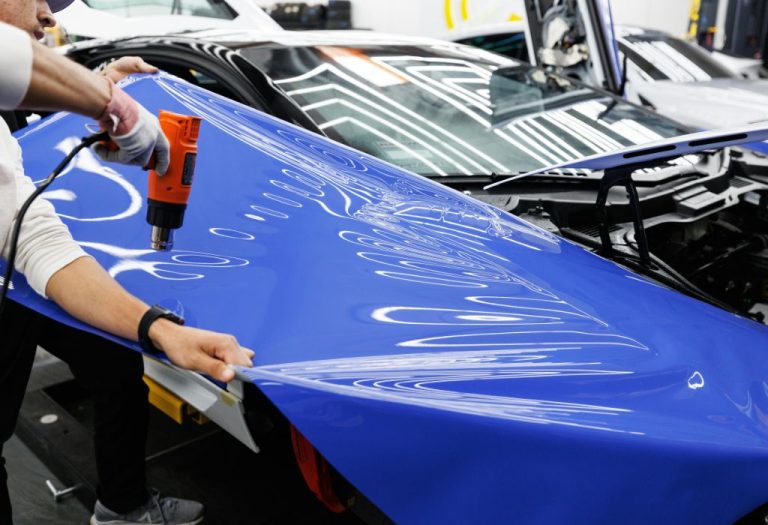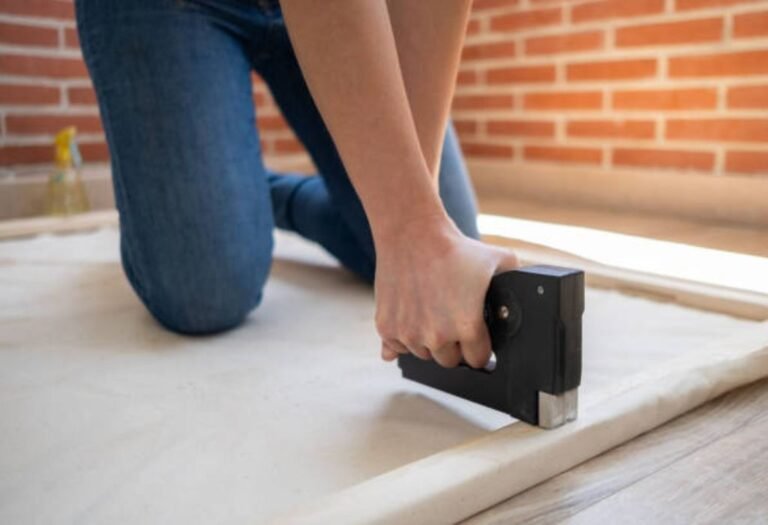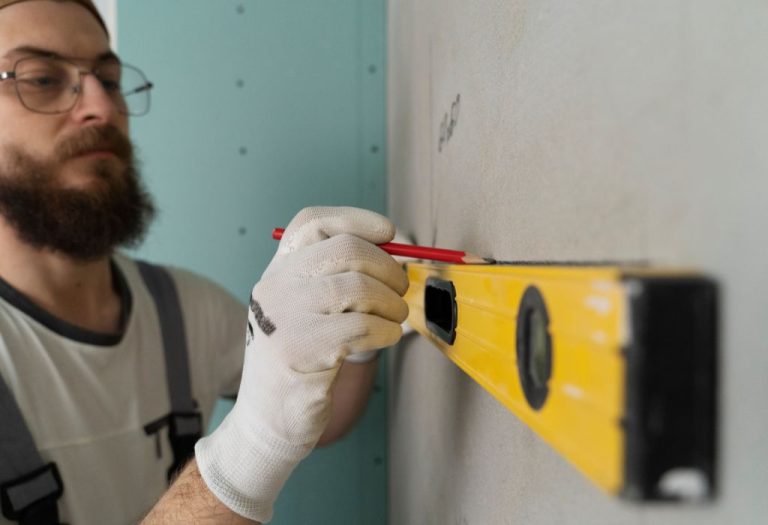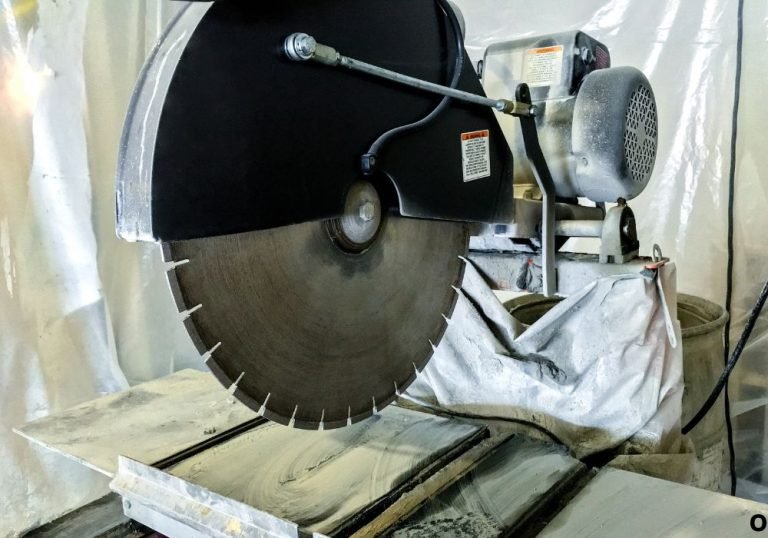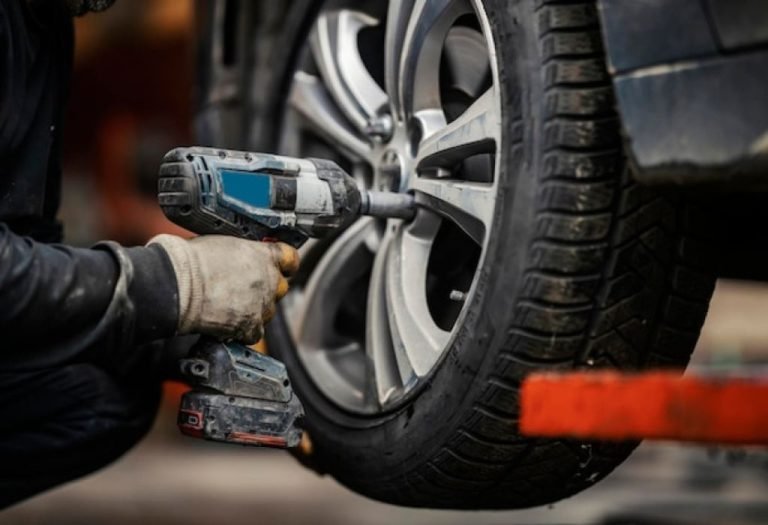How to Fix Candle Sinkholes Without Heat Gun? Complete 2025 Guide
A candle maker pours a fresh batch of wax into jars, expecting a smooth glossy top, only to discover small craters forming near the wick.
These imperfections, known as sinkholes, are one of the most common frustrations for both beginners and experienced candle makers.
The problem is not only cosmetic but can also affect how evenly a candle burns if the holes are deep.
Many people believe that a heat gun is the only solution for repairing these flaws, but that is not true.
There are several effective techniques that require no specialized equipment, making candle repair accessible to anyone.
According to Statista, the global candle market surpassed $12 billion in 2023, with DIY candle-making kits being one of the fastest-growing segments.
This surge means more people are encountering candle-making challenges and looking for simple fixes.
Learning how to fix candle sinkholes without a heat gun saves money and helps create professional-looking results at home.
What Are Candle Sinkholes and Why Do They Happen?
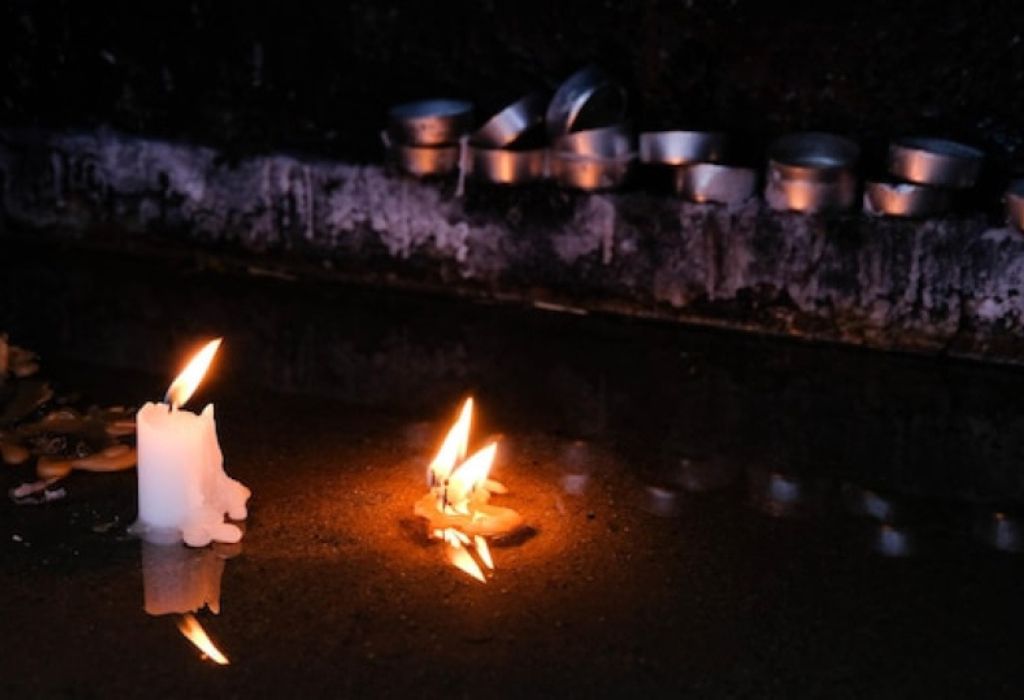
Candle sinkholes are hollow spots or craters that usually appear near the wick after the wax cools. They form when air pockets are trapped during pouring.
As the wax contracts while cooling, the surface collapses around the air gap. This leaves an uneven finish that looks unprofessional.
Sinkholes are more common in soy and paraffin wax due to the way they set. Poor pouring technique and temperature fluctuations also increase the risk.
Understanding why they form is the first step in learning how to fix them effectively.
What are candle sinkholes?
They are hollow spots under the candle surface.
Why do they form near the wick?
Because wax cools unevenly around it.
Do all waxes get sinkholes?
Yes, but soy and paraffin are most prone.
Is it a sign of bad wax?
No, it is usually a cooling issue.
Are sinkholes dangerous?
No, but they affect candle quality.
Fixing Candle Sinkholes Without Heat Gun: Easy Methods
The simplest solution is using a hair dryer on low heat to gently smooth the surface. It works best for small, shallow sinkholes.
Another method is topping off the candle with extra melted wax, which fills the gaps and creates an even surface.
For deeper sinkholes, a skewer can be used to poke relief holes around the wick before topping off. This allows trapped air to escape.
A spoon dipped in hot water can also be pressed against the surface to smooth imperfections.
Can I use a hair dryer instead?
Yes, on low heat for small fixes.
What if I don’t want heat at all?
Top off with melted wax instead.
Does topping off work?
Yes, it fills sinkholes completely.
Do skewers really help?
Yes, they release trapped air.
Can hot water smooth candles?
Yes, using a warmed spoon.
Step-by-Step: Topping Off With Melted Wax
Start by melting a small amount of leftover wax from the same batch. Using the same type ensures consistent color and fragrance.
Poke tiny holes into the candle surface around the sinkhole using a skewer or toothpick. This helps wax flow evenly and prevents air from getting trapped again.
Carefully pour the melted wax into the holes and over the surface. Avoid overfilling, which can create a raised bump instead of a flat finish.
Allow the candle to cool slowly at room temperature. The surface will harden into a smooth, professional-looking top.
Do I need leftover wax?
Yes, to match color and scent.
How much wax should I melt?
Only enough to cover the holes.
Why poke holes before topping off?
To release trapped air pockets.
Does slow cooling matter?
Yes, it prevents new sinkholes.
Will the top look new again?
Yes, if poured carefully.
Preventing Sinkholes in Future Candles
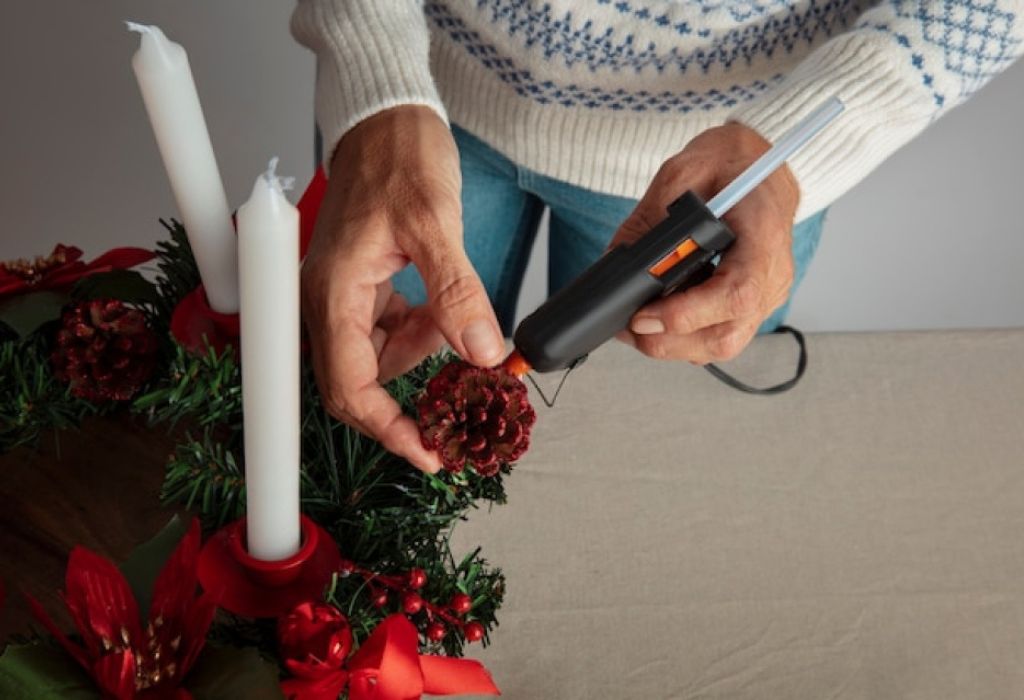
Sinkholes form mainly due to poor pouring technique or rapid cooling. Pouring wax at the correct temperature reduces the risk.
Warming jars before pouring helps prevent uneven cooling around the edges. Cold containers often lead to cracks and sinkholes.
Avoid placing candles in drafty or cold areas during setting. Sudden temperature changes cause wax to contract quickly.
For large candles, consider a two-pour method where the first pour sets partially before topping off with more wax.
How to stop sinkholes from forming?
Pour at the correct temperature.
Does jar temperature matter?
Yes, warm jars reduce sinkholes.
What is a second pour?
A method to fill gaps in large candles.
Does cooling speed affect candles?
Yes, slower cooling is better.
Do different waxes behave differently?
Yes, soy and paraffin need extra care.
Alternative DIY Tricks for Candle Repair
Kitchen tools can often substitute for candle-making equipment. A butter knife warmed in hot water can flatten minor imperfections.
A spoon heated in boiling water can be pressed directly onto the surface to smooth it out. This method works well for single sinkholes.
Using a wax melter instead of a heat gun is another option. It allows controlled heating for topping off candles.
Decorative finishes such as glitter, embeds, or textured surfaces can hide minor flaws while adding character.
Can I use kitchen tools?
Yes, knives and spoons work well.
Does a hot spoon really work?
Yes, for small surface fixes.
Can a wax melter replace a heat gun?
Yes, it offers gentle heating.
Is decorating over sinkholes okay?
Yes, it hides imperfections.
Will the candle burn safely after repair?
Yes, if the wick is centered.
Common Mistakes to Avoid
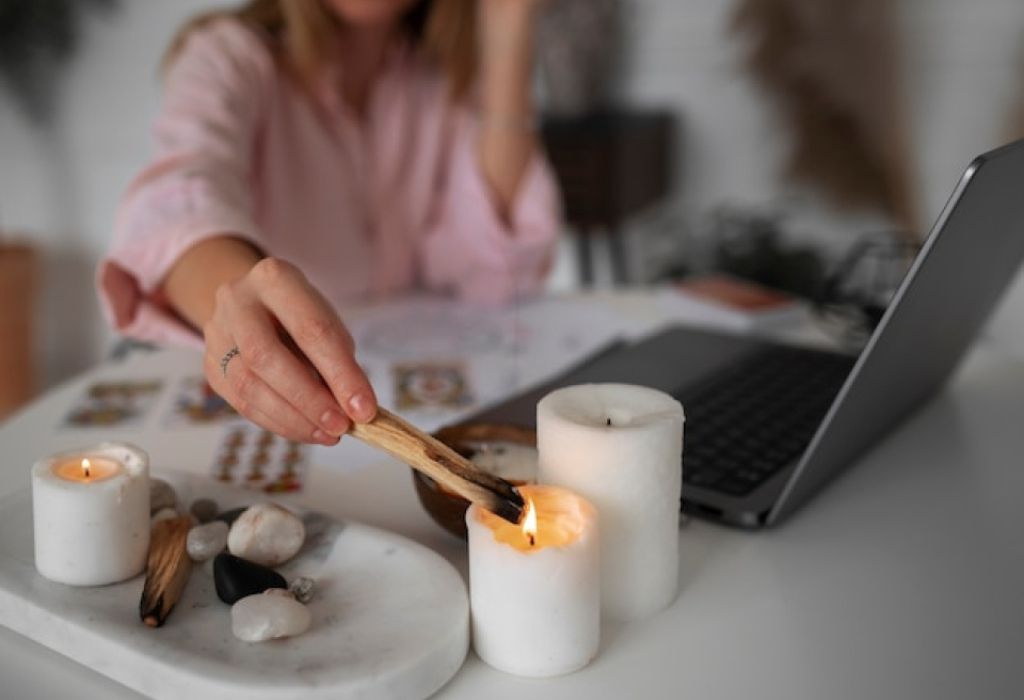
Overheating wax during repairs can cause discoloration or burned scents. Always use gentle heat when fixing sinkholes.
Adding too much wax on top creates raised surfaces instead of a smooth finish. Controlled pouring prevents this issue.
Ignoring air pockets when pouring new wax means sinkholes may reappear. Always poke holes first in deeper craters.
Using the wrong wick size can also contribute to uneven burning and recurring sinkholes. Wick choice should match the jar and wax type.
Can I burn a candle with sinkholes?
Yes, but it may tunnel.
What happens if I overfill?
The surface will be raised.
Do sinkholes affect burn quality?
Yes, they cause uneven burning.
Can wick size cause sinkholes?
Yes, wrong size affects cooling.
Should I repour the whole candle?
Only if damage is severe.
Conclusion
Candle sinkholes are common flaws caused by cooling issues and trapped air, but they are easy to repair without a heat gun.
Simple methods like topping off with melted wax, using skewers, or applying a hot spoon restore smooth finishes. A hair dryer or wax melter also works for minor touch-ups.
Prevention is the best strategy, which means pouring at the right temperature, warming jars, and cooling candles slowly. With these techniques, sinkholes become less frequent.
Final advice: treat each sinkhole as part of the candle-making learning process, and soon every candle will look smooth, polished, and professional in 2025.

I’m Michael R. Turner, the founder, lead writer, and passionate DIY enthusiast behind 101diytools.com. With years of hands-on experience in home improvement and power tools, I built this platform to share practical tips, in-depth guides, and honest reviews to help DIYers of all skill levels tackle projects with confidence and the right tools.

